You shouldn’t go to Cedar Mesa, Utah. You won’t like it. There are too many prehistoric ruins to wander. Too many canyon hikes to explore. Too much solitude to enjoy.
Really – you shouldn’t go.
We did once… well, alright maybe it was more than once… or twice.
Sigh.
I have to be honest.
We’ve explored different sections on at least five different trips. But you won’t enjoy the water-carved, red and gold landscape, high desert plant and animal life, or prehistoric culture in the heart of the Four Corners region. Trust me, after reading this post you’ll agree… possibly!
Disclosure: This post contains affiliate links. If you buy something from one of our affiliates, we receive a small commission at no extra charge to you. Thanks for helping to keep our blog up and running!
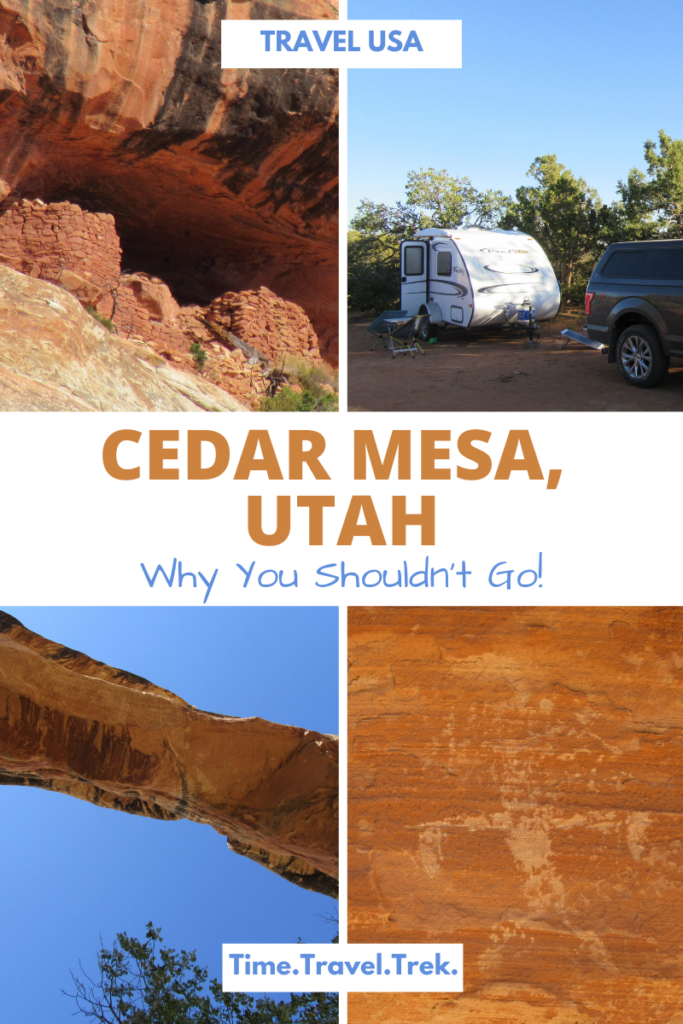
Table of Contents
What and Where is Cedar Mesa?
Cedar Mesa is a massive 1.9-million-acre region in southeastern Utah. The plateau runs from Elk Ridge in the north to the San Juan River in the south. It extends from Comb Wash in the east to Grand Gulch in the west. That’s an area of over 400 square miles (1,000 sq km) – most of which is rugged and roadless. It’s way too big to explore. I mean, where would you possibly begin?
You shouldn’t go.
Tucked in the Four Corners, this is the homeland of the ancestral Puebloan – formerly known as the Anasazi – culture. There are over 100,000 archaeological sites tucked in remote canyons and strewn across the mesa top.
Some of these, like Monarch Cave, are relatively easy to access. Others, like the Turkey Pen ruins deep in Grand Gulch, require more effort to visit.
Effort? Oh no!
Really, I’d visit somewhere else if I were you.
If you love off-the-beaten-path adventures in Utah, be sure to check out
the Nine Mile Canyon petroglyphs!
A Controversial Monument
For decades, Cedar Mesa has been in the forefront of an unresolved argument over public lands. President Barack Obama created Bears Ears National Monument in 2016. The monument spanned across much of Cedar Mesa. It protected one of the most important Native American cultural areas in the country.
In 2017, it was reduced in size by 85 percent. Suddenly Cedar Mesa was smack-dab in the middle of a major controversy. It shot into the spotlight.
Controversy?
Spotlight?
Nah, you don’t need to go there.
And besides, there are so few restrictions on land use that visitors end up having to take matters into their own hands to help keep it protected. Things like practicing “Leave No Trace” ethics when camping and exploring archaeological sites. Sounds like too much work, right?
Although… the chance to random camp at a trailhead and explore to your heart’s content… umm… I mean, no way that’d be enjoyable.
Okay. Who am I kidding? The secret is out. You’ve already guessed that Cedar Mesa is a special place. It is one of our faves – and has been for years. We hope that it becomes one of yours; so much so that you want to see it protected too.
A Few Popular Sites in and Around Cedar Mesa
Cedar Mesa flows across southeastern Utah, dropping off into jaw-dropping canyons punctuated with spectacular geological features and prehistoric ruins marked with petroglyphs and pictographs and littered with pottery sherds and other remnants of past lives.
Natural Bridges National Monument
Natural Bridges National Monument is Utah’s first national monument, established in 1908. It is named for the three spectacular rock bridges. The largest bridge – Sipapu– lies 220 feet (67 m) above the streambed with a span of 268 feet (82 m). Kachina bridges 204 feet (62 m) and Owachomo spans 180 feet (55 m).
The monument also includes many prehistoric sites, some of which can be viewed off the scenic, one-way Bridge View Drive (9 miles/14.5 km). Short walks and longer hikes can also be found within the monument. The small, 13-site campground fills up fast and early. Year-round campsites are first-come, first-served – no running water, electricity or hookups. If you can get a site, Natural Bridges makes an excellent base for exploring Cedar Mesa. The monument is about 45 minutes west of Blanding off UT 95.
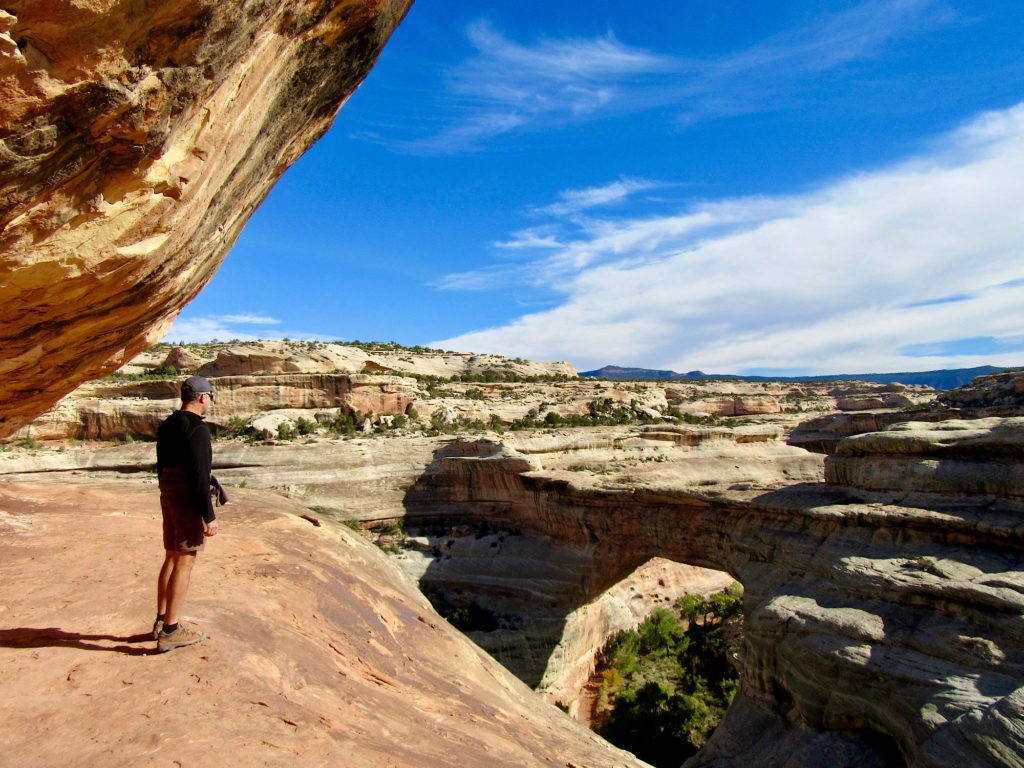
Grand Gulch Primitive Area
As Cedar Mesa starts to fall away towards the San Juan River, the Grand Gulch Primitive Area takes over in a spectacular fashion. It is made up of countless smaller tributaries feeding into Grand Gulch itself. On every trip we’ve done into the Gulch, we’ve seen something new – from log ladders perched impossibly high on cliffs to multi-coloured pictographs to stunning hidden ruins.
Most of the archaeological remains in the area are in the neighbourhood of 800 to 1200 years old. The canyon was home to more people than anywhere else in North America before the arrival of the Europeans.
There are many trails leading into Grand Gulch. Most are accessed off S.R. 261. The Kane Gulch Ranger Station is located about 4 miles (6 km) south of the junction of S.R. 261 and UT 95. It is open during the mornings in spring and fall. Permits can be obtained for day use and overnight backpacking. There are also self-pay fee stations at most trailheads for day use permits.
It’s important to note that the canyons are remote. Hikers must be totally self-reliant. Water is intermittent. Pack all the water, food, clothing and emergency gear you will need. There is no cell phone service in most places on Cedar Mesa and especially in Grand Gulch and its tributaries.
Planning a trip with your RV in the next little while?
Check out this post of the Best RV Travel Apps!
Mule Canyon
The South Fork of Mule Canyon is a popular stop for visitors to Cedar Mesa. In particular, the short walk – less than a mile – to House on Fire draws a steady stream of interest. But it’s not the only archaeological site found in the canyon or neighbouring North Fork. Take your time and explore. Look, love and photograph all you want but please don’t touch any petroglyph, pictograph or fragile ruin walls.
Mule Canyon is accessed off Highway 95, near mile marker 102. The sign for Mule Canyon leads to a Bureau of Land Management (BLM) exhibit. It’s worth a peek. There’s a kiva – circular ceremonial chamber – as well as interpretive signage and a pit toilet. The parking area for the hike is another 0.3 miles (0.5 km) down the road. The trail is across the road.
If you haven’t done much exploration off the paved roads yet, note that they get slick after rain. In fact, roads often become impassable with enough moisture. Pay attention to the weather. Also, trails here are “established” but they are still primitive. Good hiking shoes or boots are important.
Comb Ridge and Butler Wash
Comb Ridge is a distinctive sandstone uplifted red rock ridge that runs 120 miles (193 km). Butler Wash Road – on the east side of the ridge – offers access to countless archaeological sites. Most are unsigned to protect these fragile sites from unwanted vandalism. The rise up to the ridge is gently angling – begging for exploration. Cliff dwellings, granaries and petroglyphs await discovery.
There is also plenty of opportunity along Butler Wash for random camping. But know that the road is rough dirt. There are steep grades in places. It often becomes impassable during wet weather. It’s not recommended for large RVs or low-clearance vehicles. Be sure to read our post on Monarch Cave for other nearby camping options.
When You Go
- Be sure to visit Edge of the Cedars Museum in Blanding before heading out onto the Mesa. It offers the perfect introduction to the prehistory of the area.
- Don’t miss Moon House ruin!
- Bluff and Blanding both have RV Parks and make good bases for exploring Cedar Mesa.
- The Kane Ranger Station spring and fall only. Summers are too hot. As a result, the BLM Ranger Station in Monticello is the primary source of information for Cedar Mesa during off-peak seasons (summer and winter).
Looking for Other Places to Visit in the Southwest Before it Gets Too Hot? Check out these posts!
Visiting Arizona’s National Monuments in Spring
Exploring Arizona’s National Historic Landmarks
Put This in Your Pocket: Nevada’s Mt. Irish Archaeological Site
PIN THIS POST FOR FUTURE REFERENCE!


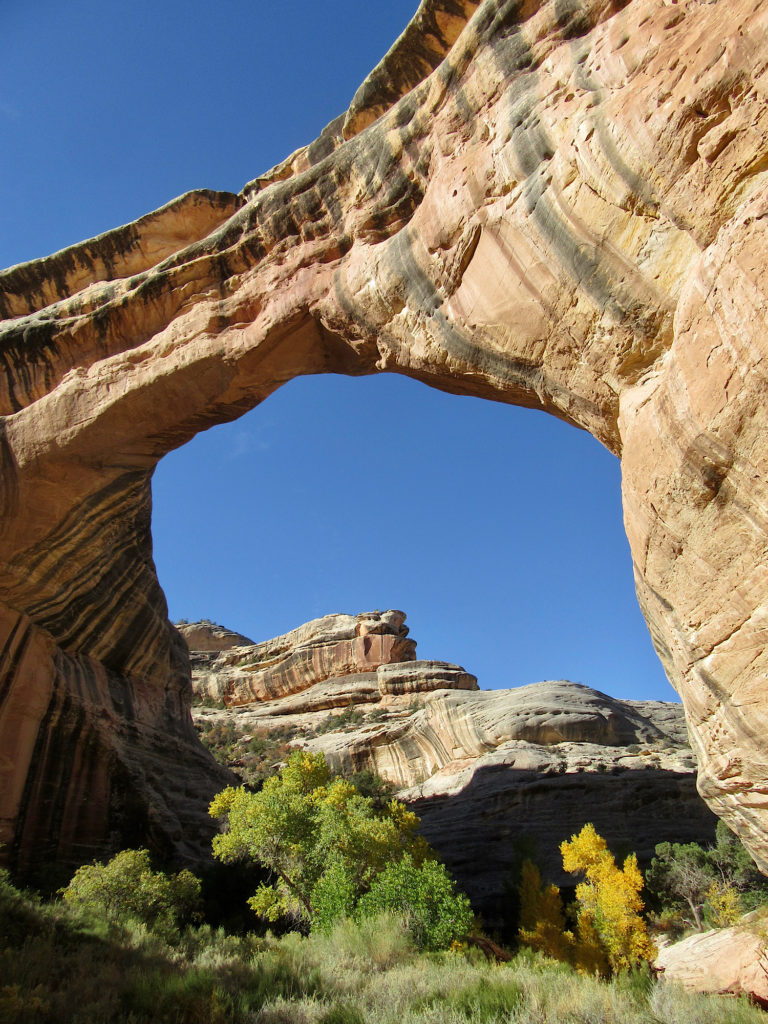
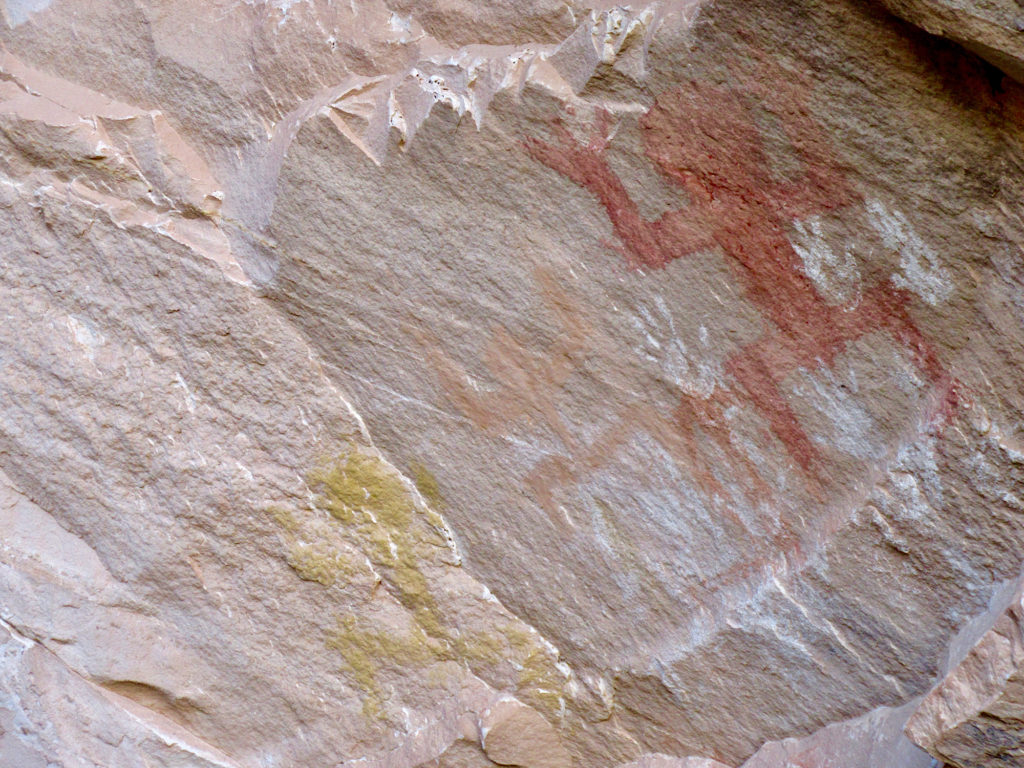
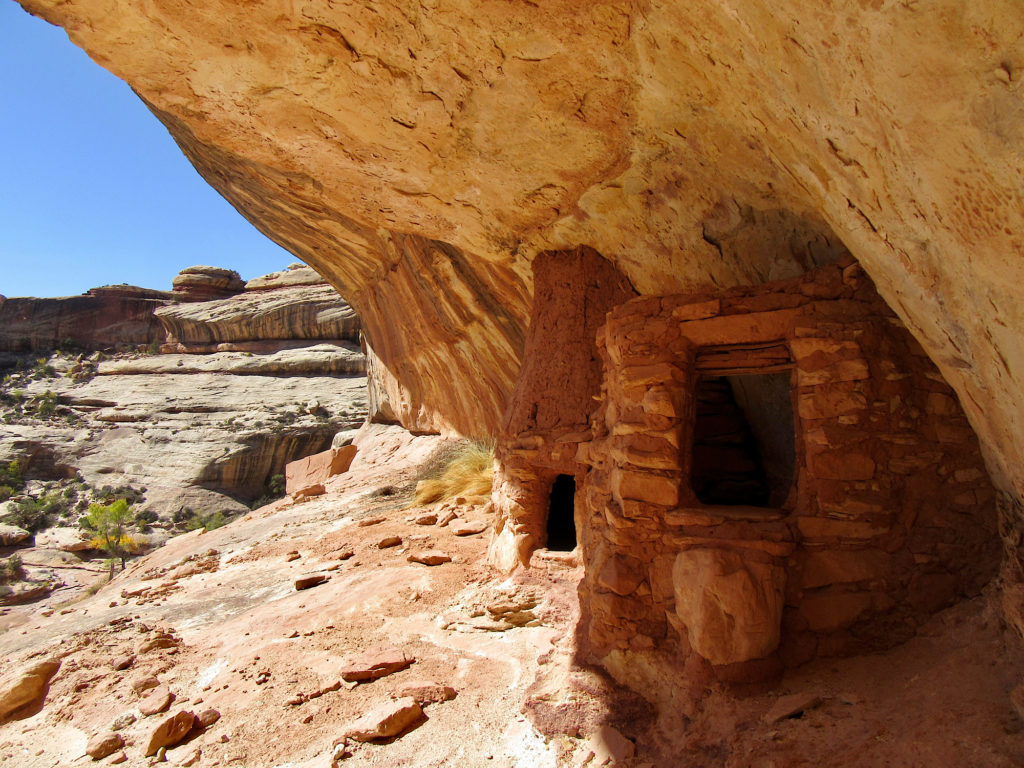

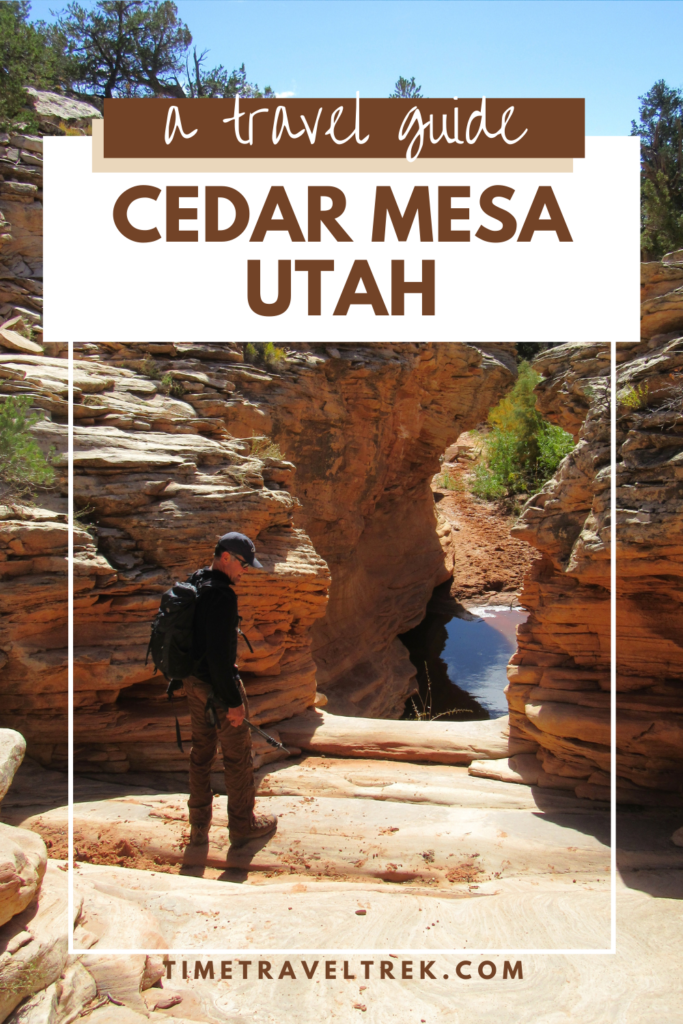
You really should not have written this piece. Such a special place does not need any more external pressure.
I appreciate your comment J and I agree 100% that this is a special place. The problem is that is already receiving a lot of attention. My goal is to hopefully guide people to appreciate how special it is and hopefully care enough to be vocal about the need for protection. One voice plus another plus another begins to make a noise that can’t be ignored. Maybe these collective voices can help push for legislation that will see the area receive the protection it deserves.
It should have never been made into a National Monument. 20 or 30 years ago I could go there and never see anyone for a month Now it is being loved to death under the guise of protecting it. Ah, you can never put the Genie back in the bottle! Damn!
True, you can’t put the Genie back in the bottle, but you can move forward with hopefully better protection!
Sedona is that for me, it was made a park or monument but it’s been trampled by so many people and so many buildings and houses. When I lived there it was around 5,000 people, no such thing as a vortex just the most beautiful place full of dirt roads and creek crossings. Horse backing riding at red rock crossing and no one but us there. I feel you.